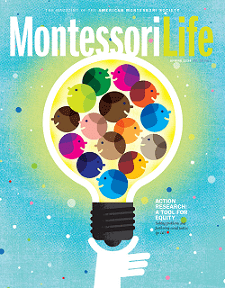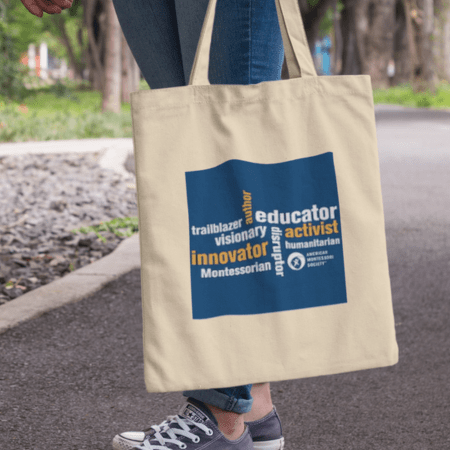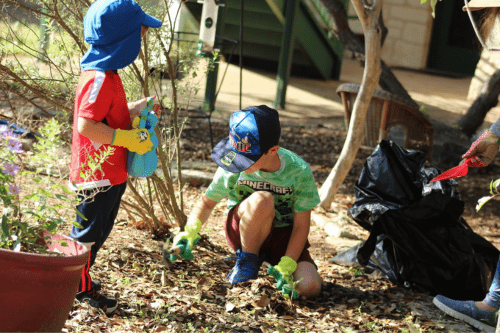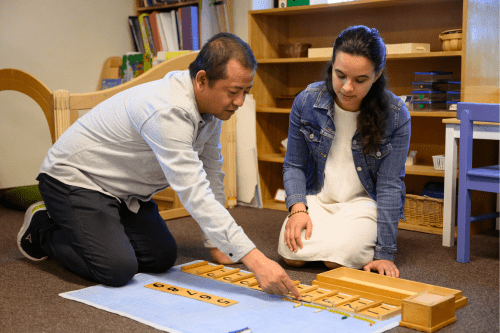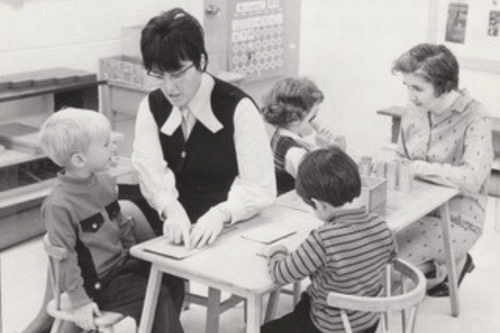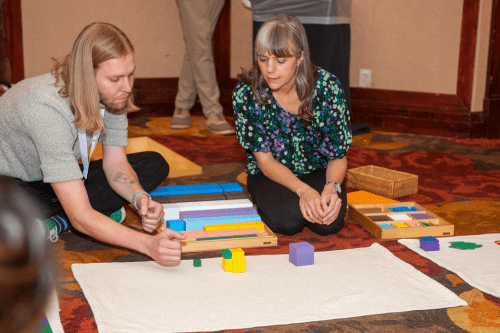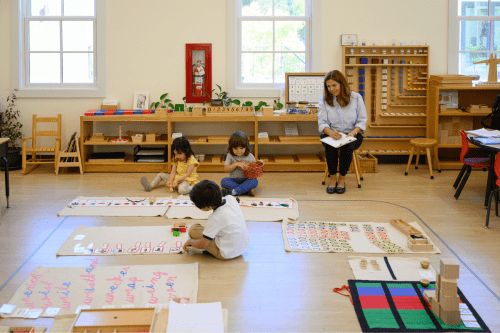How to Give and Receive Useful Feedback: Administrators' Edition

School and teacher education program administrators are in a position where they must graciously give feedback, as well as, receive it. Research shows that most people want to receive constructive feedback but become anxious when it comes time to give feedback. For some, this anxiety stems from personal negative experiences with feedback or fear of damaging a friendship. Directors, heads of schools, and program administrators can take steps to create a school culture where constructive feedback flows both ways. Tamra Chandler, author of Feedback: Why We Fear It, How to Fix It, found that “trust is vital to the flow of feedback.” Feedback delivered from a trusted colleague sets the stage for constructive feedback: it creates safety.
Create a Culture of Receptivity

- Conduct Classroom Observations Regularly
Schedule time to observe teachers in their classrooms. In this way, administrators can appreciate an individual’s unique teaching style. Administrators can also observe classroom challenges and offer support. - Debrief after Large School Events
Schedule time during staff meetings to debrief after large school events. Even field trips deserve a few minutes of discussion. Teachers and instructors will be able to share their frustrations and their joys, which can lead to brainstorming ideas for the next event. - Offer Anonymous Surveys
Sometimes educators might feel too awkward to bring up a topic of concern. Send out anonymous surveys periodically to learn how staff feel about new school wide initiatives or other changes. - Be Available
Having an “open door” policy makes administrators available to teachers looking for advice or support. Even a quick chat boosts connection and trust.
How to Give Feedback
Within a positive school environment, administrators can follow certain strategies to approach feedback sessions, even difficult ones.
- Have a One-on-One Meeting
Make sure that the feedback meeting is private. As the old adage states, “Praise in public, criticize in private.” - Balance the Positive and Negative
But do not use the “feedback sandwich.” Burying the negative in between two positives can make the compliments seem insincere. Also, the negative piece—the most important issue that needs to be addressed—can get lost in the middle. Instead, explain what is working and move into aspects that are not. - Be Clear about the Issue; Be Specific
Describe your observations about the behavior and do not make it about the person. Behaviors and habits are changeable. - Set Measurable Goals
Having stated what the specific area of growth is, administrators need to create a plan for improvement along with benchmarks. - Open the Conversation
Make the feedback meeting a conversation in which administrators and educators brainstorm different approaches to a challenge together. Be aware of your own unconscious biases as our “criticism is influenced in ways we don’t realize.” Seek out more information or professional development when needed. - Be Supportive
If feedback requires a major change, offer support. Ask what else the administration can do to help educators implement change.
Remember, criticism is the enemy of feedback—it shuts people down. Be sure to use language that allows for discussion and change rather than blame and shame. Approaching problematic issues with an open-mind can allow new possibilities to emerge that benefit administrators, teachers, students, and schools.
About the Author
 |
V. Kulikow is a former Montessori teacher and youth services librarian. She currently works as a UX designer and enjoys content creation both with words and images. On weekends you can find her gardening, taking nature photos, and working on her garden design certification through the Native Plant Trust. |
Interested in writing a guest post for our blog? Let us know!
The opinions expressed in Montessori Life are those of the authors and do not necessarily represent the position of AMS.



